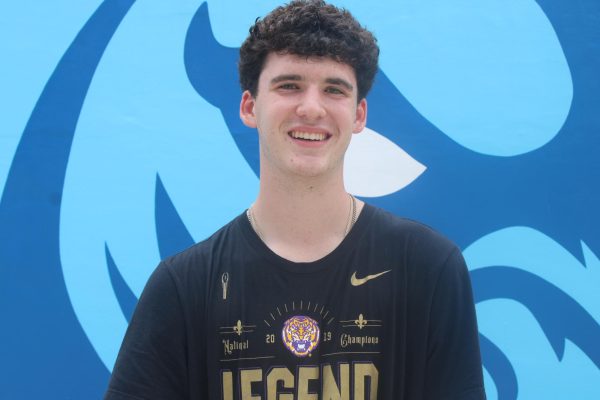Brazil Recognizes Six Indigenous Zones
May 10, 2023
On Friday, April 28, Brazil’s President Luiz Inácio Lula da Silva granted official recognition to almost 800 square miles of Indigenous lands. Most of the land recognized was found in the Amazon rainforest, with the move designed to keep critical rainforests safe from the previously unchecked exploitation from former President Jair Bolsonaro’s administration.
“I think in general it helps indigenous groups not just in Brazil but around the world. Because Brazil is a country that the world, especially when it comes to environmental issues and indigenous issues, kind of looks to it, it gives them a voice, it allows them an opportunity to be seen and heard. So basically, it provides the representation that they have needed,” Miami Palmetto Senior High AP Human Geography teacher Maribel Pizarro said.
Lula’s decision was partially due to his promise to indigenous supporters and environmentally focused voters, who were instrumental in Lula’s presidential victory last year over Bolsonaro. The land currently remains under the federal government’s control, but the designation grants indigenous peoples the right to use it in their traditional ways. Commercial farming and logging now requires specific authorization, and mining activities are banned. Non-indigenous people are prohibited from participating in any economic activity on indigenous lands.
However, the designation does not confirm protection for the rainforest, as Bolsonaro’s allies are still in charge of the majority of Amazon states. In February, illegal gold miners started to be ejected from Yanomami Indigenous territory in the northwest corner of Brazil’s Amazon by government officials.
Lula announced details about the indigenous lands to a large crowd at the Free Land Camp. The Free Land Camp is an annual weeklong event where indigenous people camp in the capital of Brasilia, where people of vast ethnicities come together to sing, dance, sell items and hold political demonstrations. The details explained how the six territories that would be protected were larger than Los Angeles and New York City combined.
Many indigenous people were disappointed to find out that some of the lands missed out on protection, such as the Barra Velha territory, home of the Pataxó people, due to conflicts involving agribusiness and land-grabbers due to outsiders and drug traffickers.
The largest new area is found in the Amazon state. The Nadöb people’s Uneiuxi Indigenous Territory has been expanded by 37% to 2,100 square miles of primary rainforest. Found in a remote area from the main village where it takes four days to travel to the closest city in a weak motor boat, it is the most common mode of transportation in that region.
“My hope would be that governments around the world will see this as a case study. And maybe either model it or adapt it to meet the needs of their indigenous groups,” Pizarro said.







